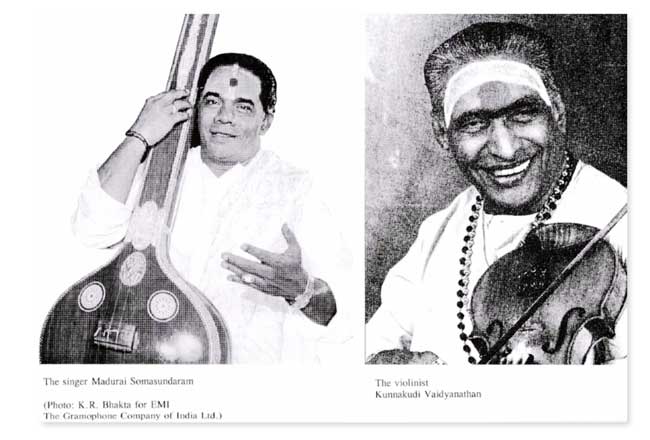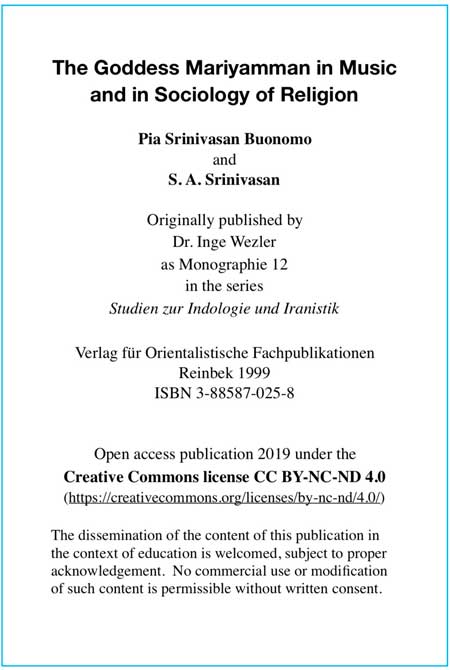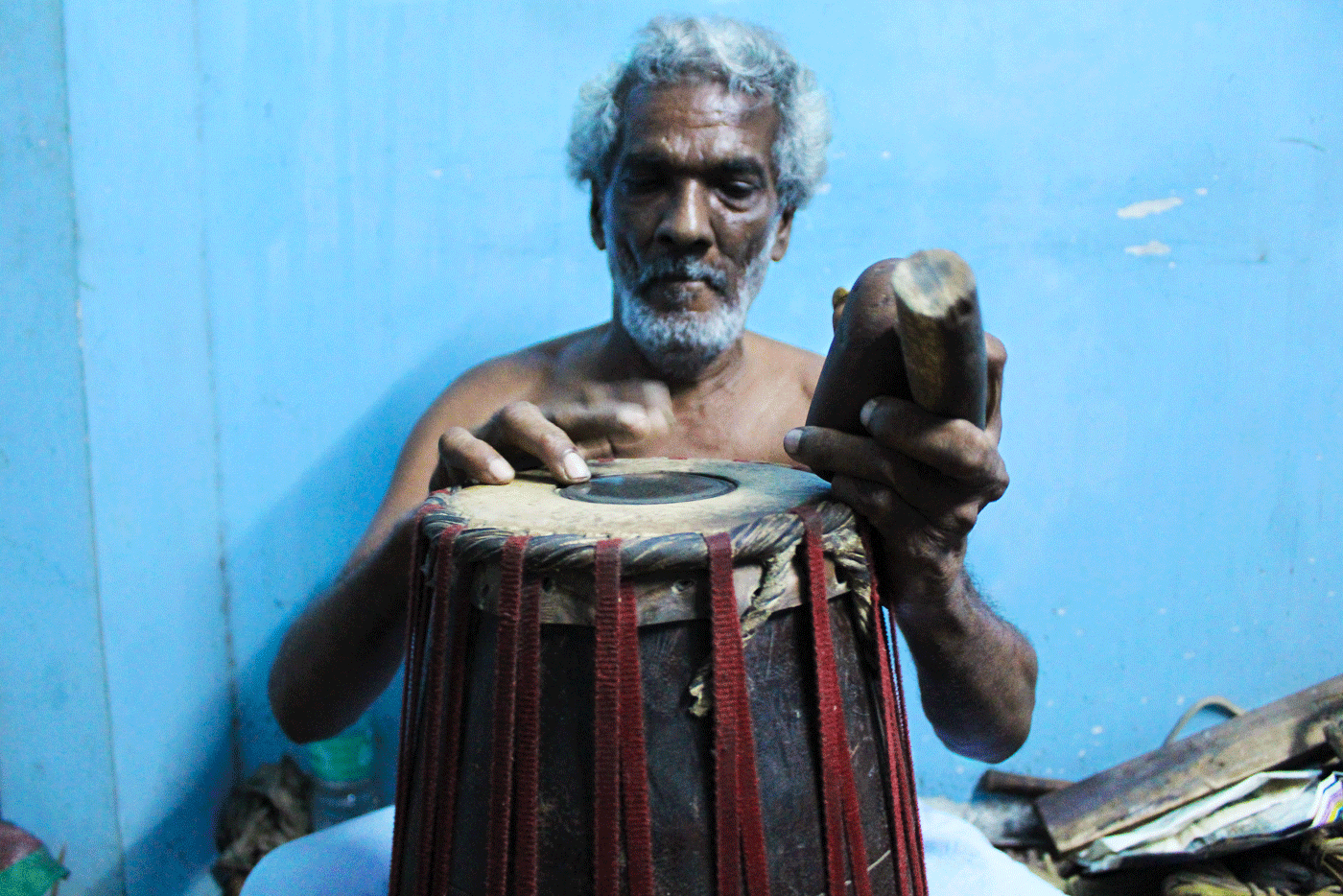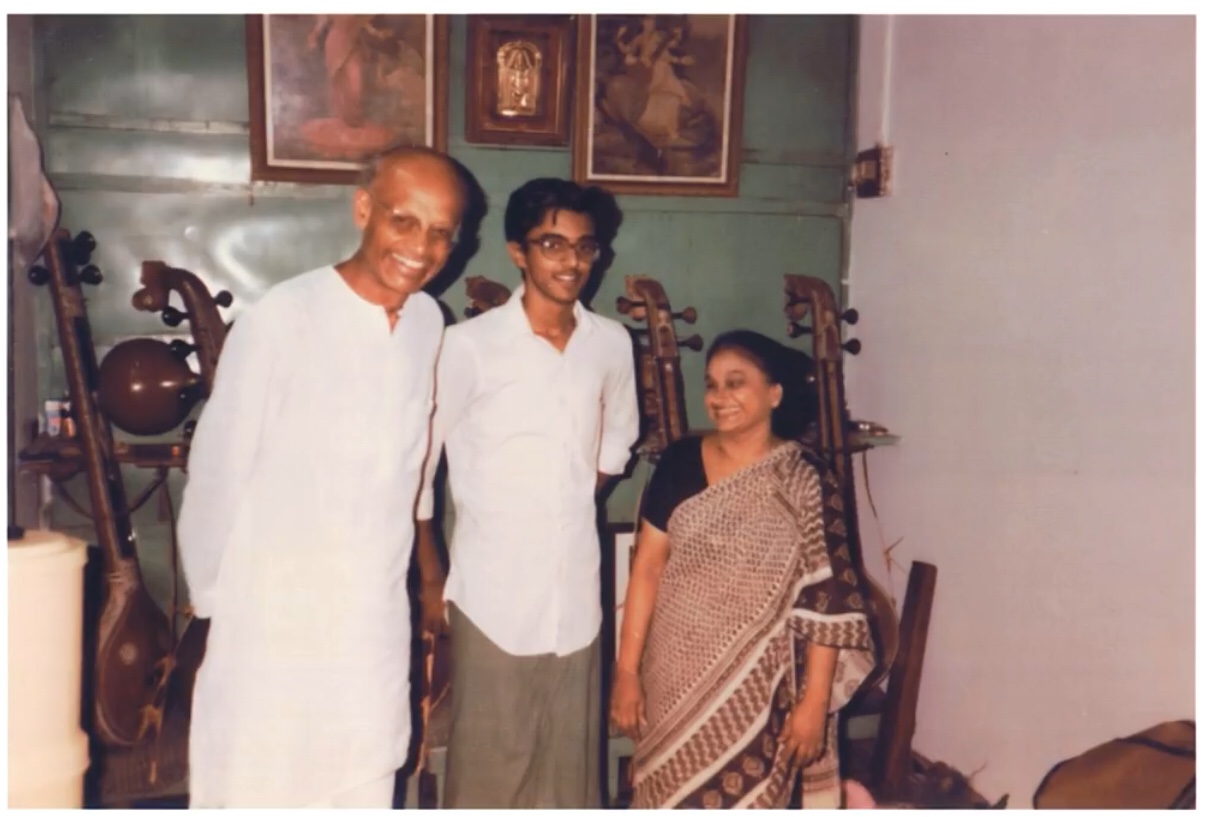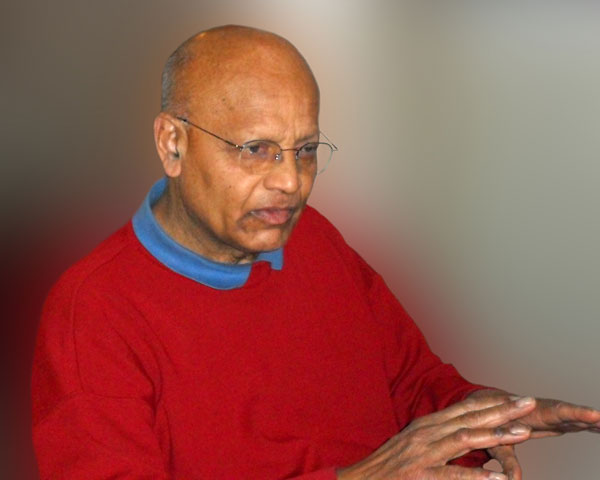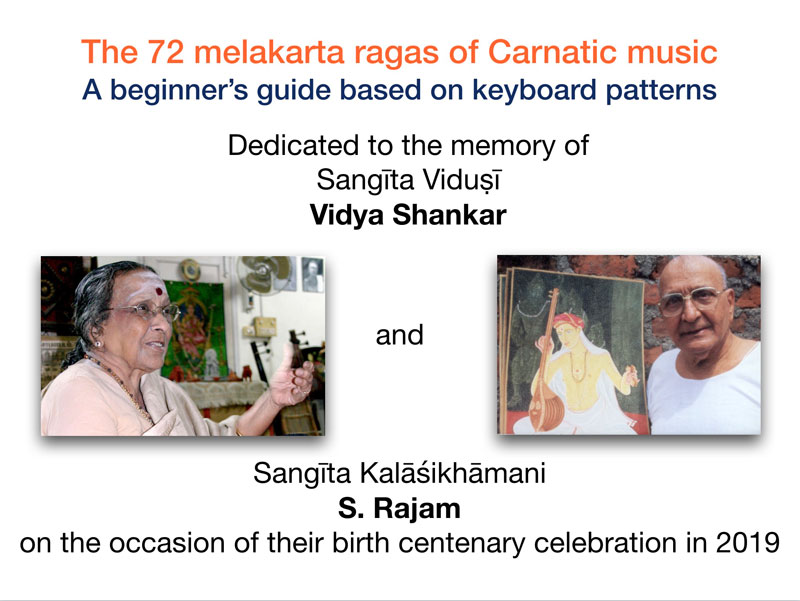Interview with filmmaker Beeban Kidron, plus exclusive clips from her new film. Sex, Death and the Gods explores the complex world of India’s devadasi, girls devoted to a goddess and then sold for sex at puberty | Lindsay Poulton and Joanna Moorhead, theguardian.com, 21 January 2011 >>
Documentary maker Beeban Kidron (4:49): “They [the devadasis themselves] know what an education means. And what an education means is a possible way out. Not necessarily a way out but a possibility that you could earn your money some other way. […] This is about economics. This is about poverty. This is about not having alternatives.” […]
Girl taken out of school at a young age by her mother (5:30 onwards): “It’s been two years. […] No money in our hands, so I don’t go [to school].”
Beeban Kidron (7:27): “One of the things that is fascinating but complicates the whole issue is that there is more than one form of being a devadasi. I think what is important is to know and to understand that the elite devadasi are actually the grandmothers of Indian national dance bharata natyam in the elite world of temple and court. These women were the lovers of princes and priests and other high caste men. [*] And it was a huge privilege and a sign of social mobility to be a devadasi. But there has obviously been a break in the tradition and it was made illegal in 1947 as the British left India. […] We have to be careful how we view things. And that was the journey for me. […] That system of dedicating young girls is abusive, is sex slavery, and so on. It’s paradoxical, you have to raise the age of consent, you have to work with the women, you have to help them educate their daughters, you have to help with the alternative.”
[*] More about and castes, the “caste system” & “casteism”
Understanding “caste” in the context of Indian democracy: The “Poona Pact of 1932”
“Mahatma Gandhi and BR Ambedkar differed over how to address caste inequities through the electoral system. Their exchanges led to the Poona Pact of 1932, which shaped the reservation system in India’s electoral politics. […]
Two prominent figures who have significantly contributed to this discourse are Mahatma Gandhi, Father of the Nation, and Bhimrao Ramji Ambedkar, Father of the Constitution. The two stalwarts of Indian politics, while revered equally by the public, had contrasting views on the caste system. Their subsequent debates have shaped the course of Indian society and politics. While Gandhi denounced untouchability, he did not condemn the varna system, a social hierarchy based on occupation, for most of his life. He believed in reforming the caste system through the abolition of untouchability and by giving equal status to each occupation. On the other hand, BR Ambedkar, a Dalit himself, argued that the caste system disorganised and ‘demoralised Hindu society, reducing it to a collection of castes’. […]
And yet, despite their differences, they developed an understanding to work for the betterment of the marginalised.” – Rishabh Sharma in “How Ambedkar and Gandhi’s contrasting views paved way for caste reservation” (India Today, 6 October 2023)
URL: https://www.indiatoday.in/history-of-it/story/ambedkar-gandhi-caste-system-poona-pact-1932-reservation-2445208-2023-10-06
~ ~ ~
“That upper caste groups should declare themselves to be OBCs [Other Backward Castes] and want to avail of the reservation policy is a pandering to caste politics of course, as also are caste vote-banks. It is partially a reflection of the insecurity that the neo-liberal market economy has created among the middle-class. Opportunities are limited, jobs are scarce and so far ‘development’ remains a slogan. There’s a lot that is being done to keep caste going in spite of saying that we are trying to erode caste. We are, of course, dodging the real issue. It’s true that there has been a great deal of exploitation of Dalit groups and OBC’s in past history; making amends or even just claiming that we are a democracy based on social justice demands far more than just reservations. The solution lies in changing the quality of life of half the Indian population by giving them their right to food, water, education, health care, employment, and social justice. This, no government so far has been willing to do, because it means a radical change in governance and its priorities.” – Romila Thapar (Emeritus Professor of History, Jawaharlal Nehru University) interviewed by Nikhil Pandhi (Caravan Magazine, 7 October 2015)
URL: https://caravanmagazine.in/vantage/discipline-notion-particular-government-interview-romila-thapar
~ ~ ~
“Casteism is the investment in keeping the hierarchy as it is in order to maintain your own ranking, advantage, privilege, or to elevate yourself above others or keep others beneath you …. For this reason, many people—including those we might see as good and kind people—could be casteist, meaning invested in keeping the hierarchy as it is or content to do nothing to change it, but not racist in the classical sense, not active and openly hateful of this or that group.” – Book review by Dilip Mandal for Caste: The Origins of Our Discontents (The Print, 23 August 2020)
URL: https://theprint.in/opinion/oprah-winfrey-wilkerson-caste-100-us-ceos-indians-wont-talk-about-it/487143/
~ ~ ~
“The theoretical debate on caste among social scientists has receded into the background in recent years. [However] caste is in no sense disappearing: indeed, the present wave of neo-liberal policies in India, with privatisation of enterprises and education, has strengthened the importance of caste ties, as selection to posts and educational institutions is less based on merit through examinations, and increasingly on social contact as also on corruption. There is a tendency to assume that caste is as old as Indian civilization itself, but this assumption does not fit our historical knowledge. To be precise, however, we must distinguish between social stratification in general and caste as a specific form. […]
From the early modern period till today, then, caste has been an intrinsic feature of Indian society. It has been common to refer to this as the ‘caste system’. But it is debatable whether the term ‘system’ is appropriate here, unless we simply take for granted that any society is a ‘social system’. First, and this is quite clear when we look at the history of distinct castes, the ‘system’ and the place various groups occupy within it have been constantly changing. Second, no hierarchical order of castes has ever been universally accepted […] but what is certain is that there is no consensus on a single hierarchical order.”
– Harald Tambs-Lyche (Professor Emeritus, Université de Picardie, Amiens) in “Caste: History and the Present” (Academia Letters, Article 1311, 2021), pp. 1-2
URL: https://www.academia.edu/49963457
~ ~ ~
“There is a need for intercultural education. We all need to work together to bridge these divides not only between religions and castes but also regions. It is not correct to think that one part is better than the other. Some of the limitations of India as a whole are due to our common heritage, say the one that has restricted women from having a flourishing life for themselves.” – Prof. V. Santhakumar (Azim Premji University) in “On the so called North-South Divide in India” (personal blog post in Economics in Action, 13 April 2024)
URL: https://vsanthakumar.wordpress.com/2024/04/13/on-the-so-called-north-south-divide-in-india/
Read a recent interview with Beeban Kidron in The New York Times, on protecting children online
The Baroness Fighting to Protect Children Online
By Natasha Singer, August 27, 2019
Beeban Kidron has successfully pushed stricter limits on how tech companies can target children online in Britain. […]
A member of the House of Lords, she had just flown in from London to attend an international meeting hosted by the social network. And now, in a hotel thronging with tech executives, she was recounting her plan to overhaul how their companies treat children. […] Read the full interview here >>
More (documentary) films by Director, Producer and writer Beeban Kidron on imdb.com >>
Learn more about the devadasis throughout (known) history in Music, Dance and the Art of Seduction
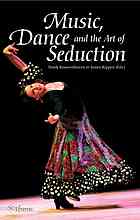
http://www.worldcat.org/oclc/826453329
Chapters by Joep Bor (pp. 233), “On the dancers or Devadasis: Jacob Haafner’s Account of the Eighteenth-Century Indian Temple Dancers” and Tiziana Leucci (pp. 261), “Between Seduction and Redemption – The European Perception of India’s Temple Dancers in Travel Accounts and Stage Productions from the Thirteenth to the Nineteenth Century”Information about the persons, items or topics
- Find song lyrics
- Research & Custom search engines
- The Oxford Illustrated Companion to South Indian Classical Music
- Suppliers of books & musical instruments
Learn & practice more
- A brief introduction to Carnatic music (with music examples and interactive map)
- Free “flow” exercises on this website
- Glossary (PDF)
- Introduction (values in the light of modernity)
- Video | Keeping tala with hand gestures: Adi (8 beats) & Misra chapu (7 beats)
- Voice culture and singing
- Why Carnatic Music Matters More Than Ever
- Worldcat.org book and journal search (including Open Access)

